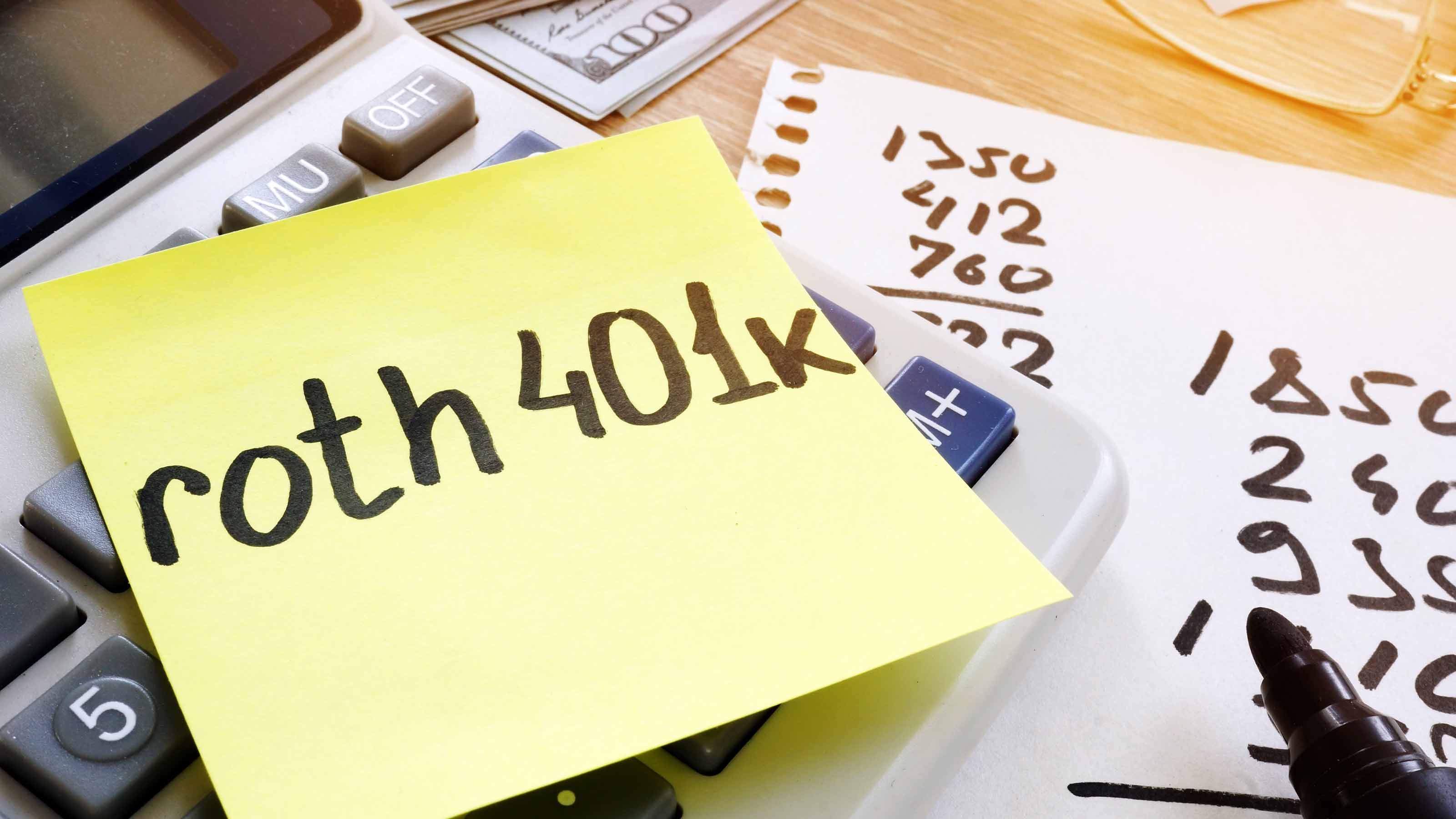5 Money Moves in Your 50s as You Ramp Up to Retirement
A few smart moves can make a huge difference.

Now that you’re in your fifties, you’re in your peak earning years, and you may be done with college bills or about to retire your mortgage. Age 67 is the full retirement age for Social Security for those born in 1960 and later, so you still have plenty of time to get your retirement plan in order.
Max out your accounts. One way to get in shape is to kick your retirement saving into high gear. Starting at age 50, you can stash an extra $6,000 in catch-up contributions in your 401(k) or similar employer retirement plan—for a total of $24,000 in 2016—plus an extra $1,000 in an IRA, for a total of $6,500. Add it up and you’re looking at $30,500 in tax-favored savings each year, or $61,000 for you and your spouse.
See Also
Smart Money Moves for Your...
- 20s – Build Wealth
- 30s – Grow and Protect Wealth
- 40s – Achieve Long-Term Financial Goals
- 50s – Ramp Up To Retirement
But there’s more. If you have a high-deductible health plan that qualifies you for a health savings account, you can save another $3,350 a year if you’re single ($6,750 for families) in 2016, with a $1,000 catch-up contribution if you’re 55 or older. Not only are those contributions sheltered from income tax, but the money also grows tax-deferred—and you can withdraw it tax-free for medical expenses. You can’t contribute to an HSA after you sign up for Medicare, but if you use cash now and in upcoming years for medical expenses instead of savings in the HSA, you’ll have a treasure trove of cash to tap after you retire.
From just $107.88 $24.99 for Kiplinger Personal Finance
Become a smarter, better informed investor. Subscribe from just $107.88 $24.99, plus get up to 4 Special Issues

Sign up for Kiplinger’s Free Newsletters
Profit and prosper with the best of expert advice on investing, taxes, retirement, personal finance and more - straight to your e-mail.
Profit and prosper with the best of expert advice - straight to your e-mail.
Plan for long-term care. Sticker-shock alert: The median annual cost of a private room in a nursing home in 2015 was $91,250 (about $250 a day), according to Genworth, an insurance company, and the cost is much higher in some areas. A year in an assisted-living facility ran $43,200 (about $120 a day), about the same as hiring a home health aide for 44 hours a week. Two years of care could top $100,000—and the cost grows every year.
If you’re relatively healthy, you can buy long-term-care insurance to cover these expenses. But premiums have become much more expensive over the past few years. A more affordable option is to cover some of the potential costs from your savings and income and buy enough insurance to fill in the gaps. For example, a healthy 50-year-old couple would pay a total of $2,023 a year for two Genworth policies with a $150 daily benefit, 3% inflation adjustment and three-year benefit period. Buying the same policy at age 60 would cost them $2,721 per year.
If you have health issues, it can be difficult to qualify for coverage. Another way to cover potential costs is with a deferred-income annuity, which delays the start of income payments, usually until you’re in your seventies or eighties. That allows you to spend down your savings earlier in your retirement. You can use the money for anything, not just long-term care. A 60-year-old man who invests $125,000 in New York Life’s guaranteed future income annuity will receive $84,510 a year for life starting at age 85.
Create a retirement budget. Start with your current expenses, separating the essentials—including food, housing and clothing costs—from nonessentials, such as travel, entertainment and dining out. Some expenses, such as payroll taxes, retirement saving and commuting costs, will disappear in retirement, while others—say, for travel, health care and hobbies—may go up. Don’t forget to include nonrecurring expenses, such as replacing a furnace or buying a new car. Also factor in inflation: Figure on an annual rate of 2% to 3%.
Then identify retirement income, including Social Security benefits (get an estimate of your benefits at the official Social Security website), payouts from pensions and annuities, and distributions from retirement accounts. One rule of thumb is to withdraw 4% of your total nest egg in the first year of retirement and to adjust it each subsequent year based on inflation. That strategy can work well when the markets are healthy, but you may want to tweak withdrawals in a down market (see 7 Ways for Retirees to Survive a Stock-Market Swoon).
Compare income with spending, and figure out how you’ll cover essentials and what you’ll have left for luxuries. If spending exceeds income, “you want to identify that now so you have time to come up with a new plan, either for retirement or for spending,” says Elizabeth Buffardi, a CFP in Oak Brook, Ill.
Plot your Social Security strategy. Deciding when to file is a biggie. You can claim benefits as early as age 62, but for each month you wait, your benefit grows. Claiming at full retirement age (currently 66) gets you 33% more than at age 62. Wait until age 70, and you’ll get 76% more than at 62, plus all the cost-of-living increases in between. Unless you need the income now or don’t expect to reach the average life expectancy (84 for a 65-year-old man and 87 for a 65-year-old woman), plan to hold off as long as you can.
The choices are more complicated if you’re married. Congress tightened the rules for couples (see Government Spells Out New Social Security Rules), but you can still use the “file and suspend” strategy if one of you is at least 66 by April 30, 2016. In that case, the 66-year-old can file for a benefit and then suspend it, allowing the other spouse (who must be at least 62) to get a spousal benefit based on the filing spouse’s earnings record. The spouse who suspends will see his or her own benefit grow by 8% a year until claiming it at age 70.
Tap your home’s equity. If you want to cut housing costs in retirement, consider downsizing to lower-cost digs now, says Gary Klaben, president of Coyle Financial Counsel, in Glenview, Ill. “The sooner you do that, the more wealth you can accumulate.” But before you put out the For Sale sign, calculate the costs of selling your place and moving to a new one. Include closing costs on the mortgage, moving expenses, homeowners insurance and property taxes—and, if you buy a condo, homeowners association fees.
You may conclude that staying put is a better idea. In that case, look into a reverse mortgage. These deals, available to homeowners age 62 or older, give you access to home equity. The loan does not have to be repaid until the last surviving borrower dies, sells the house or moves out for at least 12 months. To find out more about reverse mortgages, see Reverse Mortgages Get a Makeover.
Kim Lankford also contributed to this story.
Profit and prosper with the best of Kiplinger's advice on investing, taxes, retirement, personal finance and much more. Delivered daily. Enter your email in the box and click Sign Me Up.

-
 I'm want to give my 3 grandkids $5K each for Christmas.
I'm want to give my 3 grandkids $5K each for Christmas.You're comfortably retired and want to give your grandkids a big Christmas check, but their parents are worried they might spend it all. We ask the pros for help.
-
 If You're Not Doing Roth Conversions, You Need to Read This
If You're Not Doing Roth Conversions, You Need to Read ThisRoth conversions and other Roth strategies can be complex, but don't dismiss these tax planning tools outright. They could really work for you and your heirs.
-
 Could Traditional Retirement Expectations Be Killing Us?
Could Traditional Retirement Expectations Be Killing Us?A retirement psychologist makes the case: A fulfilling retirement begins with a blueprint for living, rather than simply the accumulation of a large nest egg.
-
 457 Plan Contribution Limits for 2026
457 Plan Contribution Limits for 2026Retirement plans There are higher 457 plan contribution limits in 2026. That's good news for state and local government employees.
-
 Medicare Basics: 12 Things You Need to Know
Medicare Basics: 12 Things You Need to KnowMedicare There's Medicare Part A, Part B, Part D, Medigap plans, Medicare Advantage plans and so on. We sort out the confusion about signing up for Medicare — and much more.
-
 The Seven Worst Assets to Leave Your Kids or Grandkids
The Seven Worst Assets to Leave Your Kids or Grandkidsinheritance Leaving these assets to your loved ones may be more trouble than it’s worth. Here's how to avoid adding to their grief after you're gone.
-
 SEP IRA Contribution Limits for 2026
SEP IRA Contribution Limits for 2026SEP IRA A good option for small business owners, SEP IRAs allow individual annual contributions of as much as $70,000 in 2025, and up to $72,000 in 2026.
-
 Roth IRA Contribution Limits for 2026
Roth IRA Contribution Limits for 2026Roth IRAs Roth IRAs allow you to save for retirement with after-tax dollars while you're working, and then withdraw those contributions and earnings tax-free when you retire. Here's a look at 2026 limits and income-based phaseouts.
-
 SIMPLE IRA Contribution Limits for 2026
SIMPLE IRA Contribution Limits for 2026simple IRA For 2026, the SIMPLE IRA contribution limit rises to $17,000, with a $4,000 catch-up for those 50 and over, totaling $21,000.
-
 457 Contribution Limits for 2024
457 Contribution Limits for 2024retirement plans State and local government workers can contribute more to their 457 plans in 2024 than in 2023.
-
 Roth 401(k) Contribution Limits for 2026
Roth 401(k) Contribution Limits for 2026retirement plans The Roth 401(k) contribution limit for 2026 has increased, and workers who are 50 and older can save even more.